Originally posted by MonsieurM
View Post
As I was reading the Article Background and History on Aetheric Energy Charging Device
it kept talking about the Mormons and the Dream Mine and some out of this world contact....so i figured I'd go a little back in history to check out what the local indian tribes had to say about the Mountain where the Mine is Located... guess what i found

Legends
Legend of the Sleeping Ute Mountain
In the very old days, the Sleeping Ute Mountain was a Great Warrior God. He came to help fight against the Evil Ones who were causing much trouble.
A tremendous battle between the Great Warrior God and the Evil Ones followed. As they stepped hard upon the earth and braced themselves to fight, their feet pushed the land into mountains and valleys. This is how the country of this region came to be as it is today.
The Great Warrior God was hurt, so he lay down to rest and fell into a deep sleep. The blood from his wound turned into living water for all creatures to drink.
When the fog or clouds settle over the Sleeping Warrior God, it is a sign that he is changing his blankets for the four seasons. When the Indians see the light green blanket over their "God", they know it is spring. The dark green blanket is summer, the yellow and red one is fall, and the white one is winter.
The Indians believe that when the clouds gather on the highest peak, the Warrior God is pleased with his people and is letting rain clouds slip from his pockets. They also believe that the Great Warrior God will rise again to help them in the fight against their enemies.
In the very old days, the Sleeping Ute Mountain was a Great Warrior God. He came to help fight against the Evil Ones who were causing much trouble.
A tremendous battle between the Great Warrior God and the Evil Ones followed. As they stepped hard upon the earth and braced themselves to fight, their feet pushed the land into mountains and valleys. This is how the country of this region came to be as it is today.
The Great Warrior God was hurt, so he lay down to rest and fell into a deep sleep. The blood from his wound turned into living water for all creatures to drink.
When the fog or clouds settle over the Sleeping Warrior God, it is a sign that he is changing his blankets for the four seasons. When the Indians see the light green blanket over their "God", they know it is spring. The dark green blanket is summer, the yellow and red one is fall, and the white one is winter.
The Indians believe that when the clouds gather on the highest peak, the Warrior God is pleased with his people and is letting rain clouds slip from his pockets. They also believe that the Great Warrior God will rise again to help them in the fight against their enemies.
The Sky People
Hundreds of years ago, long after the cliff dwellers left their canyon top and cliff dwellings, native people cane from the south into the vast area we call Colorado, Utah, and New Mexico. These people, now known as Utes, lives here long before the Spanish explorers arrived with their large expeditions and herds of horses. The Ute families, bands, and encampments were spread out across this large area. Their customs were very similar and all spoke the same language even though they didn't often see each other.
The Utes believed that the mountains were put there by Manitou. He was the Great Spirit who lived all alone in the center of the sky. He grew lonesome and wanted to create something new so he made a hole in the sky and swept all the stones and dirt from the sky's floor through the hole.
Manitou looked down and saw the great mountains he had made from the dirt and rocks. Some of the dirt became the rolling plains that stretched as far as he could see. He was so pleased with his landscape that he poured down snow and rain to make the earth more beautiful. Manitou created the trees, flowers and finally the Ute Indians to live in this new world.
The Utes believe that Manitou had also made all of the animals as well as the birds. It is said he made the birds by taking handfuls of leaves and throwing them in the air. Then the leaves became birds and flew away.
But the worst thing of all happened. The animals soon began to fight and kill each other and that made Manitou mad, so he created the strongest animal to rule over all the others to see that they lived in peace. This was the grizzly bear, the king of all beasts.
Hundreds of years ago, long after the cliff dwellers left their canyon top and cliff dwellings, native people cane from the south into the vast area we call Colorado, Utah, and New Mexico. These people, now known as Utes, lives here long before the Spanish explorers arrived with their large expeditions and herds of horses. The Ute families, bands, and encampments were spread out across this large area. Their customs were very similar and all spoke the same language even though they didn't often see each other.
The Utes believed that the mountains were put there by Manitou. He was the Great Spirit who lived all alone in the center of the sky. He grew lonesome and wanted to create something new so he made a hole in the sky and swept all the stones and dirt from the sky's floor through the hole.
Manitou looked down and saw the great mountains he had made from the dirt and rocks. Some of the dirt became the rolling plains that stretched as far as he could see. He was so pleased with his landscape that he poured down snow and rain to make the earth more beautiful. Manitou created the trees, flowers and finally the Ute Indians to live in this new world.
The Utes believe that Manitou had also made all of the animals as well as the birds. It is said he made the birds by taking handfuls of leaves and throwing them in the air. Then the leaves became birds and flew away.
But the worst thing of all happened. The animals soon began to fight and kill each other and that made Manitou mad, so he created the strongest animal to rule over all the others to see that they lived in peace. This was the grizzly bear, the king of all beasts.

and: The Lost Ventana Mine
An aura of mystery and timelessness surrounds the San Juan Mountains. Indeed, some sections of the Old Spanish Trail through the San Juan wilderness are still marked by trees blazed by early Spanish explorers and travelers. Old Spanish prospect pits, arrastres, and tunnels can be found throughout the San Juans. The La Plata Mountains have yielded abundant evidence of early Spanish mining activities including the skeleton of a man clad in Spanish armor and the remains of primitive arrastres and sluice boxes. The Escalante-Dominguez expedition found evidence of earlier mining activities in the La Platas when they passed through the area in 1776. Anglo-American prospectors in the Silverton area also encountered abundant signs of early Spanish activity. Arrastre Gulch, near Silverton, contains old Spanish arrastres actually cut into the bedrock. An old mine found in Poughkeepsie Gulch, north of Silverton, contained primitive copper tools of Spanish make. Tree-ring dating of timbers left in an old Spanish mine on Elk Creek, near Silverton, yielded a cutting date of 1712.
Tales of lost mines and caches in the San Juan Mountains are rife, but many are historically based. Indeed, the existence of many lost mines in the San Juans is supported by official documentation (including assay records in Durango, Silverton, and Ouray). Prospectors of the San Juan Mountains should always remember that the Tomboy/Camp Bird region, northeast of Telluride, was scoured for 20 years before the fabulous Camp Bird lode was discovered in 1895. One of the top 3 gold mines in the state of Colorado was found in an area that had been thoroughly prospected for 20 years!
Tales of lost mines and caches in the San Juan Mountains are rife, but many are historically based. Indeed, the existence of many lost mines in the San Juans is supported by official documentation (including assay records in Durango, Silverton, and Ouray). Prospectors of the San Juan Mountains should always remember that the Tomboy/Camp Bird region, northeast of Telluride, was scoured for 20 years before the fabulous Camp Bird lode was discovered in 1895. One of the top 3 gold mines in the state of Colorado was found in an area that had been thoroughly prospected for 20 years!



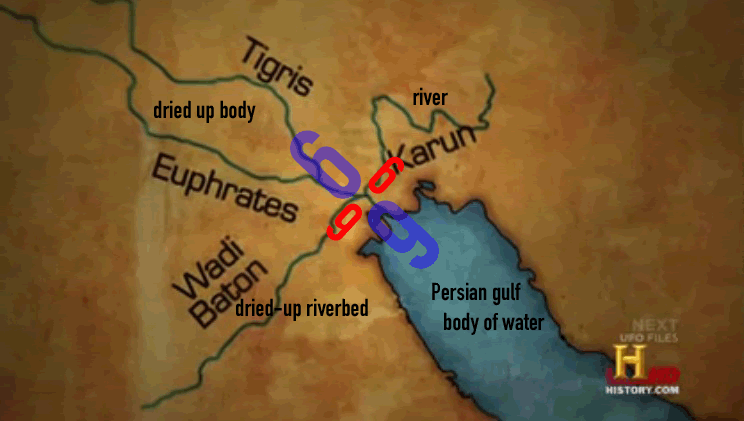


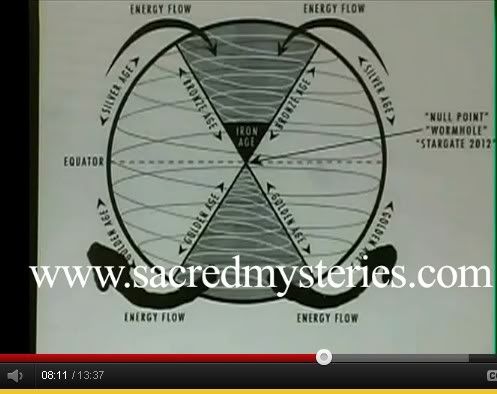










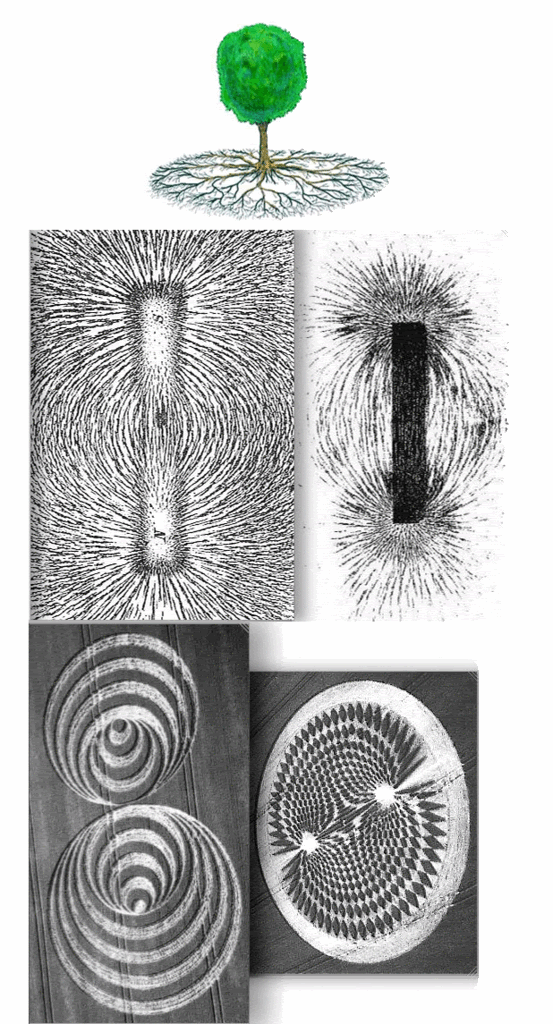
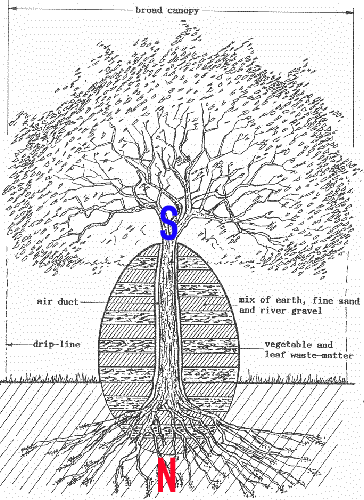




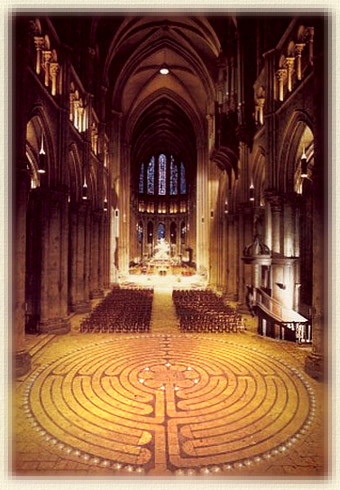

Comment